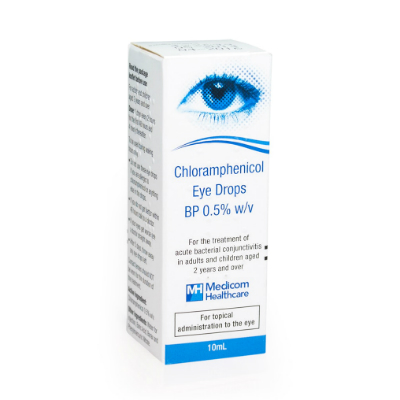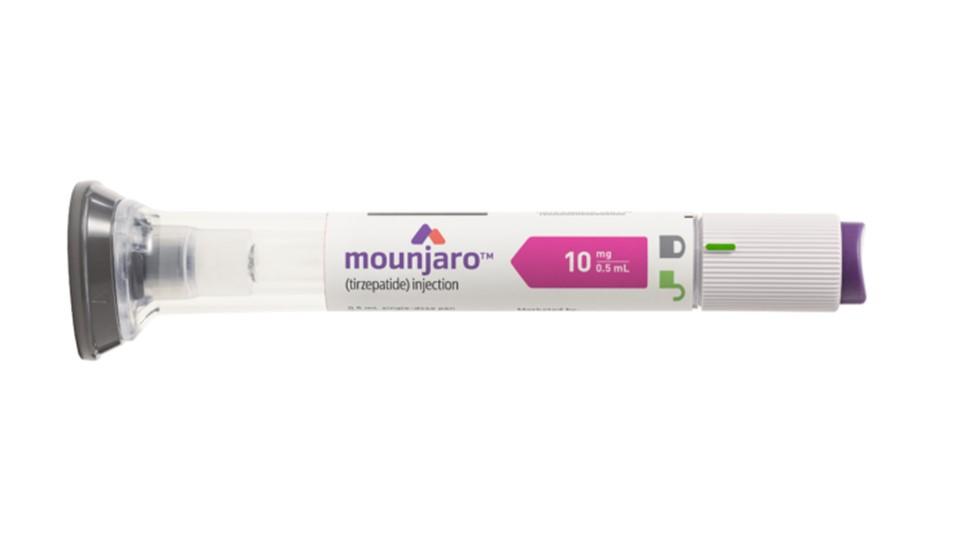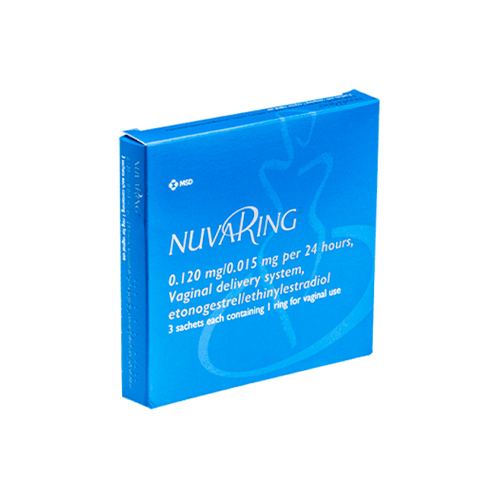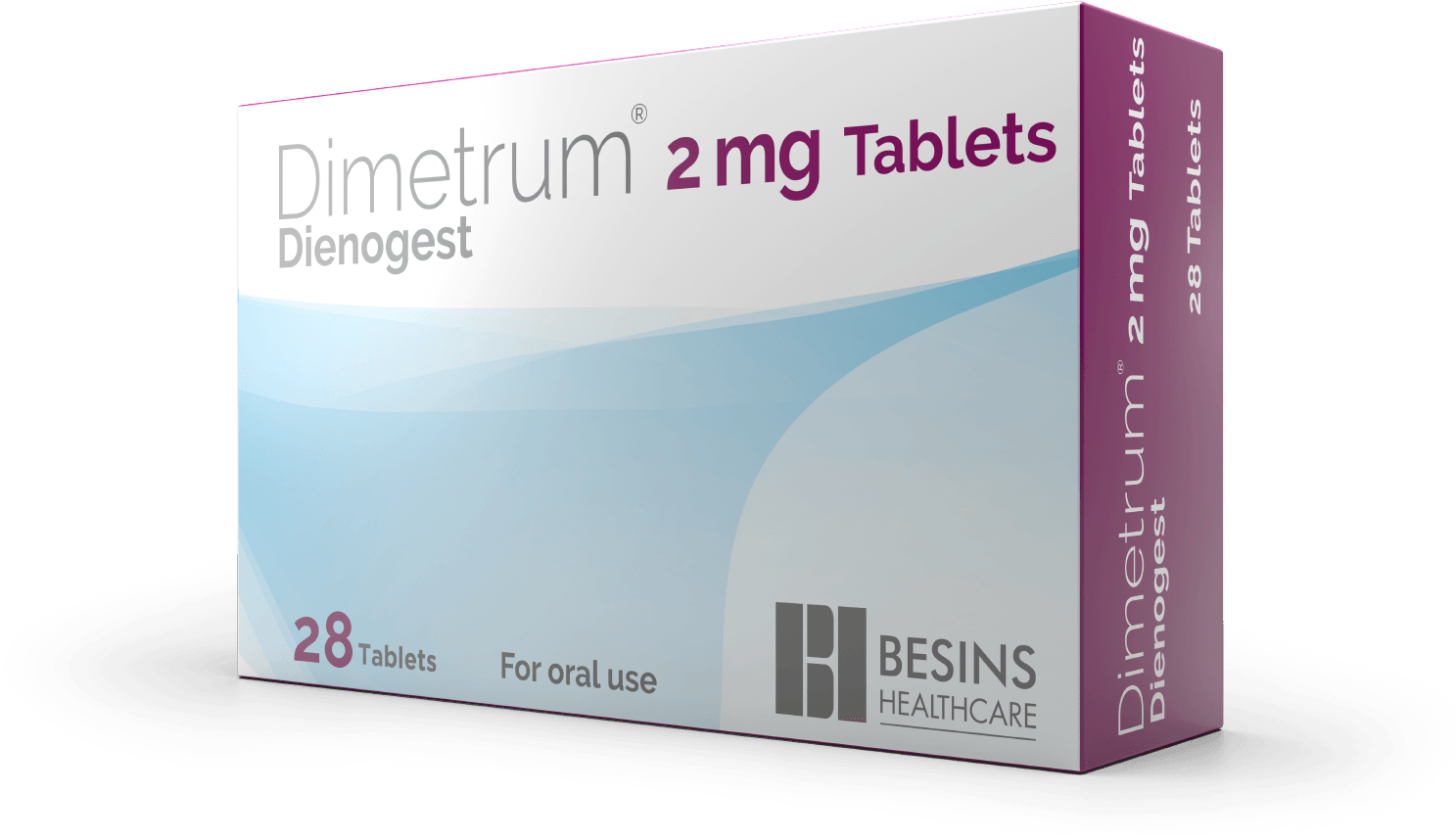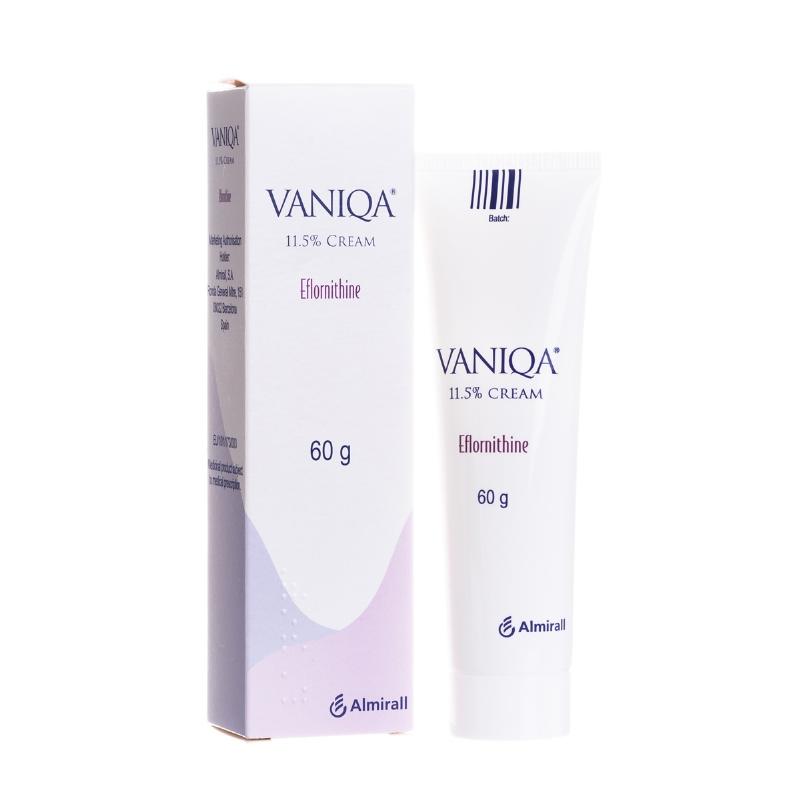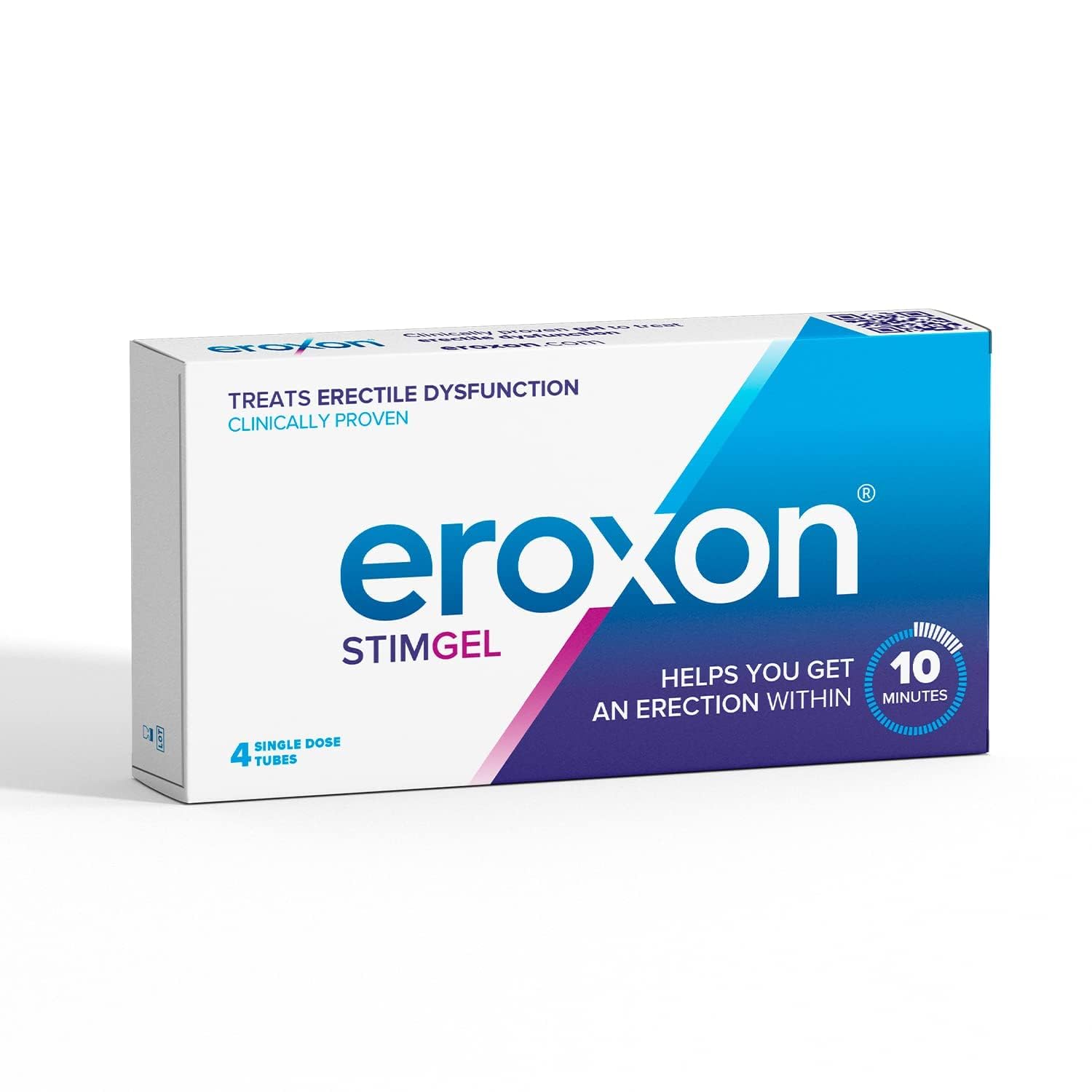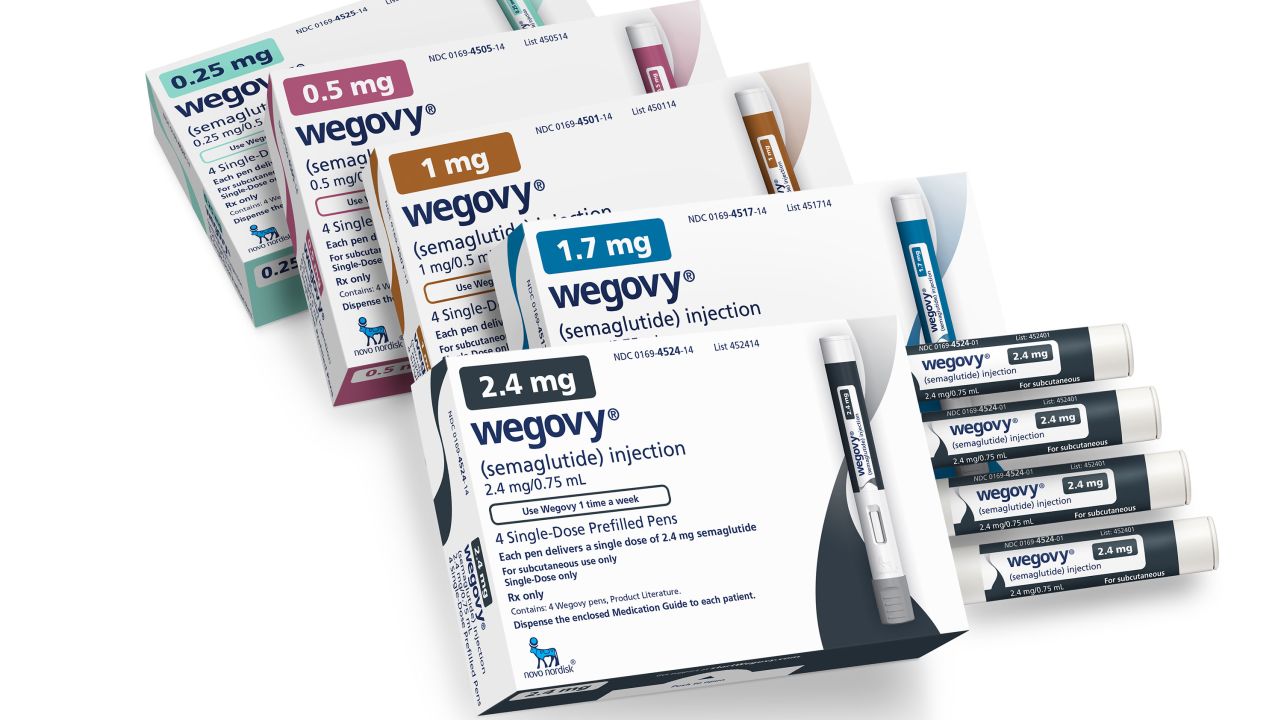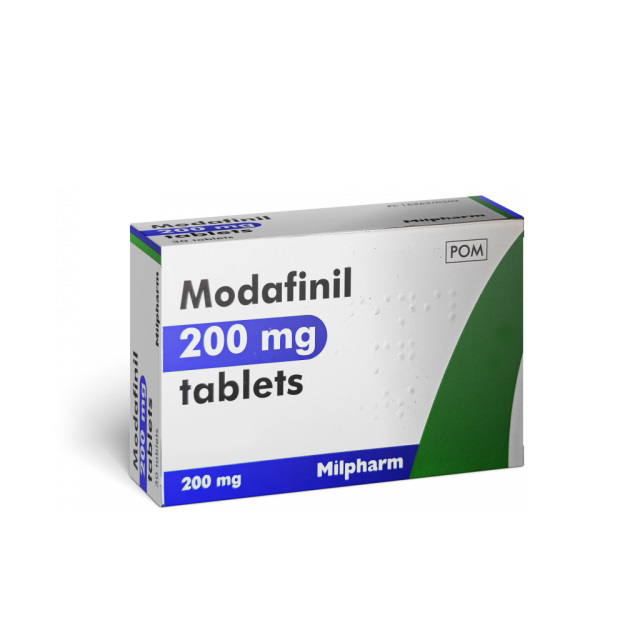No products in the cart.
Chloramphenicol Eye Drops
₵
-
 Get 10% discount on your next order. Order now to qualify.
Get 10% discount on your next order. Order now to qualify.
-
 Get 20% cashback on apple app store. Use code P056
Get 20% cashback on apple app store. Use code P056
DELIVERY & RETURNS
Free shipping offer on Pilldoctor and get exclusive offers.
Location
-

Door Delivery Fastest delivery to the door for only 2 days. Don't miss exclusive offer.
-

Pickup Station Fastest delivery to the door for only 2 days. Don't miss exclusive offer.
-

Return Policy Fastest delivery to the door for only 2 days. Don't miss exclusive offer.
Description
Chloramphenicol is an antibiotic.
It’s mainly used to treat eye infections (such as conjunctivitis) and sometimes ear infections.
Chloramphenicol comes as eye drops or eye ointment. These are available on prescription or to buy from pharmacies.
It also comes as ear drops. These are on prescription only.
The medicine is also given intravenously (directly into a vein) or as capsules. This treatment is for serious infections and is nearly always given in hospital.
Key facts
- Chloramphenicol is safe for most adults and children.
- For most eye infections, you’ll usually start to see an improvement within 2 days of using chloramphenicol.
- For ear infections, you should begin to feel better after a few days.
- Your eyes may sting for a short time after using the eye drops or ointment. The ear drops may cause some mild discomfort.
- Brand names include Chloromycetin, Optrex Infected Eye Drops and Optrex Infected Eye Ointment.
Who can and can’t take chloramphenicol
Chloramphenicol can be used by most adults and children.
The eye drops and eye ointment are available to buy in pharmacies. For children under 2 years old, you’ll need a prescription for chloramphenicol from your doctor.
Chloramphenicol isn’t suitable for some people. To make sure chloramphenicol is safe for you, tell your doctor if you have:
- had an allergic reaction to chloramphenicol or any other medicines
- a rare illness called aplastic anaemia (when your bone marrow doesn’t produce blood cells)
Eye drops or ointment
Before using chloramphenicol, tell you doctor if you’re using other eye drops or ointment, or if you normally wear contact lenses. It’s also important to speak to your doctor if you have:
- any problems with your eyesight, or severe eye pain
- swollen eyes, and a rash on your face or head
- a cloudy eye
- unusual looking pupils – irregular size, dilated (bigger than normal), or not reacting to light
- had a recent eye injury, or something in your eye
- recently had conjunctivitis
- dry eye syndrome (when your eyes don’t produce enough tears)
- glaucoma
- had eye surgery or laser treatment in the last 6 months
Ear drops
Before using chloramphenicol ear drops, tell your doctor if you:
- have a perforated (burst) eardrum
- are allergic to polyethylene glycol (an ingredient used in some medicines and cosmetics, and found in some foods)
4. How and when to use it
Chloramphenicol comes in different strengths. How you apply the medicine depends on what you’re taking it for and whether you’re using the eye drops, eye ointment or ear drops.
If you’re using 0.5% chloramphenicol eye drops, put one drop into the affected eye every 2 hours (during waking hours) for the first 2 days. Then every 4 hours for the next 3 days, or as your doctor advises.
If you’re using 1% chloramphenicol eye ointment, apply it to the affected eye every 3 hours (during waking hours). Do this 3 to 4 times a day, or as your doctor advises.
With more severe infections, your doctor may recommend using eye ointment at bedtime and eye drops during the day. This is because the ointment sticks to the surface of the eye and eyelid and works while you sleep. The eye drops allow you to get on with your day as normal, as they don’t affect your eyesight.
If you’re using 5% or 10% chloramphenicol ear drops, put 3 drops into the affected ear 2 to 3 times a day, or as your doctor advises.
To use the medicine:
- always wash your hands before (and after) using chloramphenicol – this prevents you from passing the infection to the other eye or ear
- remove the cap just before using your medicine and replace it as soon as you’ve finished
- do not touch the nozzle of the bottle or tube with your fingers
- make sure the nozzle doesn’t touch your eye or ear, or your skin
- use a mirror to help you see what you are doing
- tilt your head back or to the side to put drops in your eyes or ears
How to apply the eye drops
Gently pull down your lower eyelid with a clean finger and tilt your head back. Hold the bottle over your eye and allow a single drop to fall into the space between your lower lid and your eye. Close your eye for a few minutes. Wipe away any extra liquid with a clean tissue.
How to apply the eye ointment
Gently pull down your lower eyelid with a clean finger and tilt your head back. Hold the tube with the nozzle close to your eye and gently squeeze about 1 centimetre of ointment into the space between your lower lid and your eye. Close your eye for a few minutes.
How to apply the ear drops
Tilt your head and bring the tube up to the affected ear, with the nozzle close to your ear hole. Squeeze the drops into your ear. If you can, lie down for at least 10 minutes afterwards. Turn your head to one side, so your affected ear is towards the ceiling. After this, put some cotton wool in your ear.
How long to use it for
Eye drops – use the drops until the eye appears normal and for 2 days afterwards. Do not use them for more than 5 days, unless your doctor tells you to. This is because your eyes can become more sensitive or you could get another eye infection.
Eye ointment – use the ointment until the eye appears normal and for 2 days afterwards. Do not use it for more than a week, unless your doctor tells you to.
Ear drops – use the drops for up to a week. Avoid using the medicine for longer than this unless your doctor tells you to. This is because your ears can become more sensitive or you could get another ear infection.
When you’ve finished your treatment, throw away any leftover eye drops, eye ointment or ear drops.
What if I forget to take it?
If you forget to take a dose, take it as soon as you remember, unless it’s nearly time for your next dose. In this case, just leave out the missed dose and take your next dose as normal.
Never take 2 doses at the same time. Never take an extra dose to make up for a forgotten one.
If you often forget doses, it may help to set an alarm to remind you. You could also ask your pharmacist for advice on other ways to remember your medicines.
What if I take too much?
Don’t worry if a few more drops of chloramphenicol accidentally fall into your eye or ear, or if you accidentally apply more of the ointment than you meant to.
If you or your child swallow chloramphenicol ointment or drops, seek medical attention.
Side Effects
See also Warning section.
Temporary blurred vision, burning, stinging, or redness may occur. If any of these effects persist or worsen, tell your doctor or pharmacist promptly.
Remember that your doctor has prescribed this medication because he or she has judged that the benefit to you is greater than the risk of side effects. Many people using this medication do not have serious side effects.
Tell your doctor right away if any of these unlikely but serious side effects occur: vision changes/problems.
A very serious allergic reaction to this drug is rare. However, seek immediate medical attention if you notice any of the following symptoms of a serious allergic reaction: rash, itching/swelling (especially of the face/tongue/throat), severe dizziness, trouble breathing.
This is not a complete list of possible side effects. If you notice other effects not listed above, contact our doctor or pharmacist.
Precautions
Before using chloramphenicol, tell your doctor or pharmacist if you are allergic to it; or if you have any other allergies. This product may contain inactive ingredients, which can cause allergic reactions or other problems. Talk to your pharmacist for more details.
This medication should not be used if you have certain medical conditions. Before using this medicine, consult your doctor or pharmacist if you have: an eye infection due to a virus (e.g., herpes, varicella), another type of eye infection (e.g., tuberculosis, fungus), history of a bad reaction to chloramphenicol.
Before using this medication, tell your doctor or pharmacist your medical history, especially of: liver disease, kidney disease, anemia (low red blood cells), radiation therapy.
After you apply this drug, your vision may become temporarily blurred. Do not drive, use machinery, or do any activity that requires clear vision until you are sure you can perform such activities safely.
During pregnancy, this medication should be used only when clearly needed. This medication should not be used near or at the time of delivery due to possible harm to the newborn (gray baby syndrome). Discuss the risks and benefits with your doctor.
This medication passes into breast milk and may have undesirable effects on a nursing infant. Therefore, breast-feeding while using this drug is not recommended. Consult your doctor before breast-feeding.
Interactions
Your doctor or pharmacist may already be aware of any possible drug interactions and may be monitoring you for them. Do not start, stop, or change the dosage of any medicine before checking with them first.
Before using this medication, tell your doctor or pharmacist of all prescription and nonprescription/herbal products you may use.
Keep a list of all your medications with you, and share the list with your doctor and pharmacist.
Overdose
This medicine may be harmful if swallowed. If someone has overdosed and has serious symptoms such as passing out or trouble breathing, call 112. Otherwise, call pill doctor on +233267000104.
Notes
Do not share this medication with others.
This medication has been prescribed for your current condition only. Do not use it later for another infection unless your doctor tells you to.
Laboratory and/or medical tests (e.g., complete blood counts, platelet counts) may be performed periodically to monitor your progress or check for side effects. Consult your doctor for more details.
Missed Dose
If you miss a dose, use it as soon as you remember. If it is near the time of the next dose, skip the missed dose. Use your next dose at the regular time. Do not double the dose to catch up.
Storage
Store at room temperature between 59-86 degrees F (15-30 degrees C) away from light and moisture. Do not freeze. Do not store in the bathroom. Keep all medicines away from children and pets.
Throw away any unused medication after treatment is finished or 21 days after first opening the tube.
Do not flush medications down the toilet or pour them into a drain unless instructed to do so. Properly discard this product when it is expired or no longer needed. Consult our pharmacist.
Product Ratings
Highest Ratings
There are no reviews yet.
Rate

